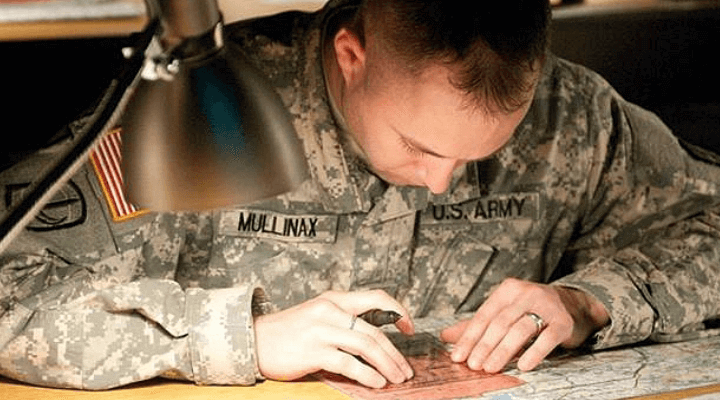The Montgomery GI Bill (MGIB) has been under fire recently from two different directions. Even though the more lucrative Post 9/11 GI Bill went into effect 10 years ago (at no cost to the military member), new recruits are still automatically enrolled in the MGIB, unless they choose to opt out of the program.
Automatic Enrollment Proposed Change
If they don’t opt out, then their pay is garnished $100 per month for the first 12 months for a total of $1,200. Recently some troop advocates are calling for a change to automatic enrollment, saying making that decision within two weeks of getting to Basic Training is not a good time for troops to decide to opt out or not. Because many are not sure which way to go, they do nothing and are automatically enrolled for a benefit most of them will never use.
And statistics seem to support that claim. In 2017, 70% of new enlistees were automatically enrolled in the MGIB. However, Department of Defense figures show that in 2018, 97% of veterans using their GI Bill for the first time chose the newer Post 9/11 GI Bill. The reason? Money. Between paid tuition, housing allowance and book stipend, the Post 9/11 GI Bill is far more lucrative than the older single MGIB monthly payment.
The MGIB automatic enrollment issue has recently gotten the attention of Congress. The GI Bill Planning Act of 2019 (H.R. 4162) proposed by Rep Jack Bergman (R-MI) and Rep Kathleen Rice (D-NY) would change the enrollment period from the first two weeks at basic training instead to a window that would open after six months of service. The enlistee would then have 180 days from that point to make the decision to opt out of the MGIB or stay.
Receiving Benefits Under Both GI Bills
Most veterans today use either the MGIB or Post 9/11 GI Bill, and only under specific conditions can they use both. And when they do choose to use both, they can get up to 48 total months of benefits, but only if used in a specific way.
For example, if a veteran qualifies for both the MGIB and Post 9/11 GI Bill, to use their full 48 months they must first exhaust their 36 months of MGIB benefits, surrender that GI Bill, and switch over to the Post 9/11 GI Bill to get their additional 12 months of GI Bill benefits.
But lately some veterans and veteran organizations are advocating that if a military member has served for at least six years and qualifies for both GI Bills, they should get 36 months of benefits under each bill, for a total of 72 months.
And in a recent court ruling, the courts agreed…up to a point. Under the ruling, students could not claim benefits under both GI Bills at the same time, but they could use each bill as they wish and could freely switch between bills at will. However, the total number of months of benefits would still be capped at 48 months.
Now the ball is in the hands of the Veterans Affairs to see if they will appeal the decision or not. If the VA lets the decision stand, then they would most likely have to implement changes to their rules of use that would not only affect former GI Bill users, but current users too and could slow down delivery of benefits to current users until all the changes were in effect.
With these two changes, the MGIB seems to have sprung back to life at a time when many were calling for it to stop being offered at all. Only time will tell where these changes will go if anywhere.




